Get ready to explore the intriguing world of daddy long legs! These spindly creatures, often mistaken for spiders, are actually arachnids belonging to the order Opiliones, commonly known as harvestmen. Their eating habits are surprisingly diverse. Let’s uncover what these long-legged creatures consume and their role in our ecosystem. To learn more about the diet of other fascinating creatures, check out the [triceratops diet](https://www.lolaapp.com/triceratops-diet) or discover [what granddaddy long legs eat](https://www.lolaapp.com/what-do-granddaddy-long-legs-eat).
Decoding the Daddy Long Legs Diet
Daddy long legs, frequently encountered lurking in corners or gardens, are not spiders. A key difference is their lack of venom glands. But what fuels these leggy critters? They are opportunistic omnivores, meaning they’ll eat almost anything they can find.
Their diverse menu includes:
| Food Group | Examples |
|---|---|
| Insects | Aphids, flies, beetles, mosquitoes, even spiders! |
| Other Arthropods | Mites and ticks |
| Invertebrates | Worms and snails |
| Fungi | Various kinds |
| Plants | Pollen and decaying plant material |
| Carrion | Dead insects and animals |
Daddy long legs act as nature’s cleanup crew, consuming everything from garden pests to decaying matter. Unlike spiders, they don’t spin webs. Instead, they actively hunt or scavenge, using their long legs for stealth and flexibility to reach into tight spaces for a meal. Their diet can vary based on their habitat and food availability, with some species leaning towards a more carnivorous or vegetarian diet. Their geographic location also influences their food choices.
These creatures play a vital role in their ecosystems, acting as natural pest control and contributing to the decomposition process. Contrary to popular myth, daddy long legs are not venomous or dangerous to humans. This misunderstanding likely arises from their appearance, but they are entirely harmless. Ongoing research continues to expand our understanding of these fascinating creatures and their dietary habits.
Daddy Long Legs in the Home: Friend or Foe?
Should you allow daddy long legs to reside in your home? The answer depends on which “daddy long legs” you’re referring to: cellar spiders (actual spiders), harvestmen (arachnids, but not spiders), or crane flies (insects). This section primarily focuses on cellar spiders, the type most commonly found indoors.
Benefits of Cellar Spiders:
- Natural Pest Control: Cellar spiders consume other insects, even some venomous spiders, offering some protection.
- Cleanliness: They scavenge dead insects and organic matter, contributing to a cleaner environment.
Drawbacks of Cellar Spiders:
- Webs and Egg Sacs: A large population can lead to an abundance of webs, which can be unsightly.
- Preference for Damp Areas: They favor damp, dark places like basements and garages, which can be problematic.
- Fear Factor: While harmless, their appearance can be unsettling for some.
The Verdict:
The decision of whether to allow cellar spiders in your home is personal. Weigh the pros and cons and consider your comfort level. If their presence becomes a nuisance, there are ways to manage their population humanely, such as sealing cracks, reducing humidity, and regularly cleaning. Ongoing research suggests cellar spiders might play a larger role in regulating other spider populations, highlighting the complexities of household ecosystems.
Daddy Long Legs Lifespan: Separating Fact from Fiction
The “daddy long legs” moniker applies to three distinct creatures: cellar spiders, harvestmen, and crane flies, each with varying lifespans. Cellar spiders can live for several years. Harvestmen, on the other hand, typically live for only a few weeks or months at most. Crane flies have the shortest lifespan, often living for just a few days as adults.
| Type of “Daddy Long Legs” | Typical Lifespan |
|---|---|
| Cellar Spider | Up to 2-3 years |
| Harvestman | A few weeks to a few months |
| Crane Fly | A few days to a few weeks as adults |
These lifespans are estimates, and factors like food availability, environmental conditions, and predation can influence their longevity. Ongoing research continues to refine our understanding of these creatures and their lifecycles.
Decoding Daddy Long Legs Attraction: Habits and Habitats
“Daddy long legs” commonly refers to both cellar spiders and harvestmen. Understanding what attracts these arachnids can help us manage their presence.
What Attracts Daddy Long Legs (Harvestmen)?
- Food: They are opportunistic omnivores, consuming insects, decaying organic matter, and other small invertebrates.
- Shelter: Dark, damp, cluttered areas like woodpiles, leaf litter, and rock piles offer ideal hiding places.
- Moisture: They require water to survive and are drawn to damp environments.
What Attracts Cellar Spiders?
Cellar spiders share similar needs for food, shelter, and moisture. They also seek undisturbed areas to build their webs, often in corners, crevices, and under furniture.
Managing Daddy Long Legs:
While generally harmless, managing their presence might be desired. Here are a few tips:
- Reduce Clutter: Clearing debris and organizing storage areas minimizes hiding places.
- Eliminate Moisture Sources: Addressing leaks and improving ventilation reduces their attraction to damp areas.
- Seal Entry Points: Sealing cracks and crevices prevents them from entering homes.
Ongoing Research:
Scientists continue to study daddy long legs, exploring their behavior, diet, and ecological impact. Research on their sensory mechanisms and interactions with other invertebrates is ongoing, adding to our understanding of these intriguing creatures.
- Unveiling the Enigma: Mansoureh Khojasteh Bagherzadeh’s Public Appearances & Private Life in Iran - July 18, 2025
- Unveiling the Mystery: Mansoureh Khojasteh Bagherzadeh’s Husband: A Rare Glimpse into a Private Life - July 18, 2025
- Unveiling Masoud Khamenei’s Mother: Power, Influence, and Iran’s Future - July 18, 2025
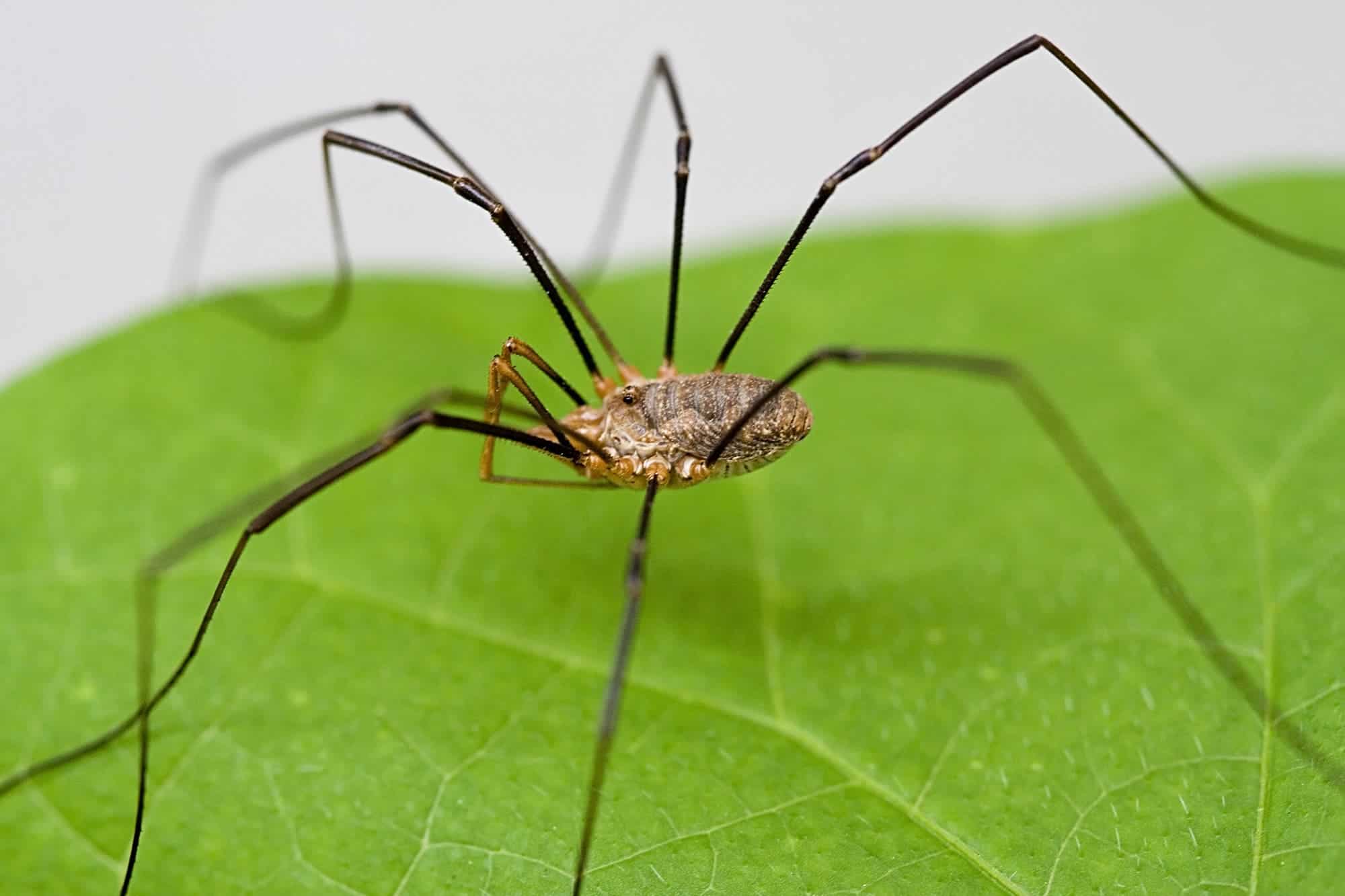
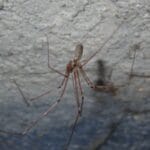
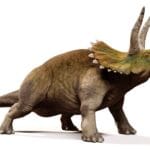
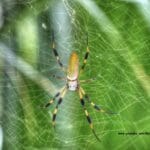
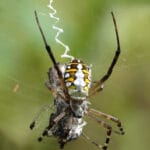
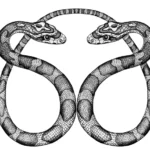
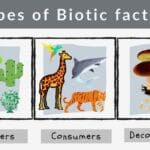










2 thoughts on “What Do Daddy Long Legs Eat? Unraveling the Diet of Harvestmen”
Comments are closed.